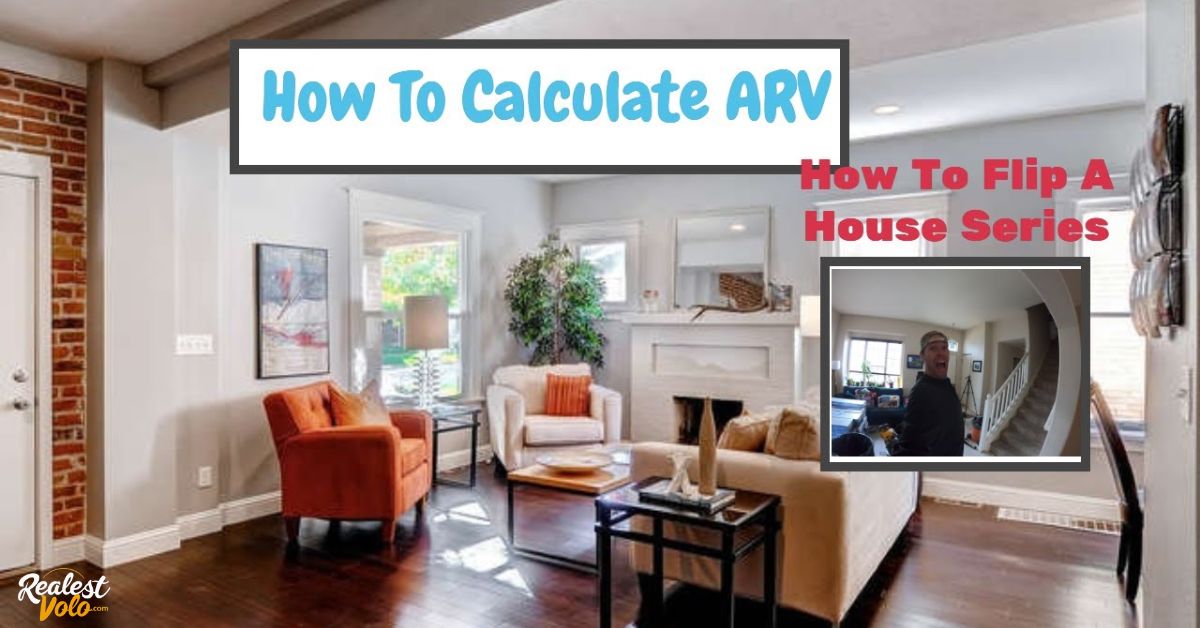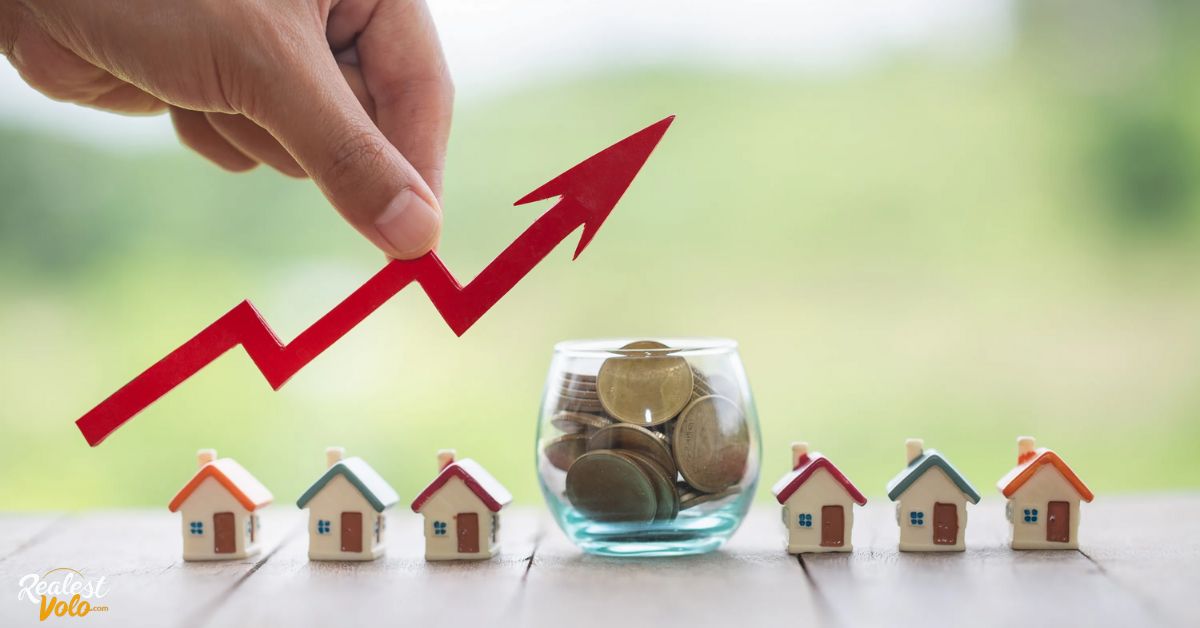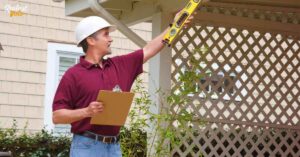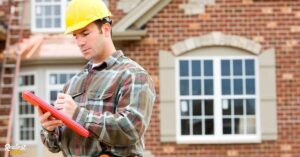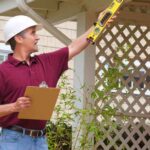Unravel the meaning of ARV in real estate. ARV, or After Repair Value, signifies a property’s post-renovation worth. It’s a pivotal metric for investors, flippers, and homeowners seeking to enhance property value.
ARV’s significance lies in its ability to gauge profit potential. Accurately estimating ARV aids in making informed investment decisions. It shapes renovation budgets, financing choices, and pricing strategies.
To calculate ARV, analyze comparable properties, adjust for variations, and include renovation expenses. This meticulous process ensures informed decision-making. ARV acts as a guiding light, illuminating the path to real estate success.
What Does ARV Stand For?
ARV stands for After Repair Value, denoting a property’s estimated worth after renovations. It’s an essential metric for investors, lenders, and appraisers in evaluating a property’s potential profitability. Understanding ARV is key to making informed decisions in real estate transactions. It helps stakeholders assess renovation budgets, loan approvals, and pricing strategies effectively.
Comprehending ARV empowers individuals involved in real estate to navigate the market confidently. By considering ARV, investors can determine the feasibility of a project and its potential return on investment. Lenders rely on ARV to assess the value of collateral for financing purposes. It plays a crucial role in shaping strategies for buying, selling, or investing in properties.
Related Post: Ohio Real Estate License Lookup
Why Is ARV Important?
Recognizing the significance of ARV in real estate is essential for success in property transactions. ARV, or After Repair Value, provides crucial insight into a property’s potential profitability by estimating its value after renovations. This metric is instrumental for investors, lenders, and homeowners alike in making informed decisions about buying, selling, or renovating properties.
ARV plays a pivotal role in various aspects of real estate, from assessing investment opportunities to securing financing. It enables stakeholders to determine the viability of a project, allocate renovation budgets effectively, and set competitive pricing strategies. By understanding the importance of ARV, individuals can navigate the complexities of the real estate market with confidence and achieve their financial objectives.
How To Use ARV To Serve Clients
Using ARV to serve clients involves analyzing recent comparable sales, factoring in anticipated renovations, and calculating the ARV to provide a comprehensive property value understanding. This helps clients make informed decisions when buying, selling, or investing in real estate. ARV aids in formulating effective marketing and pricing strategies by positioning properties based on their potential post-repair value.
This approach attracts investors, home flippers, and buyers seeking renovation opportunities. By understanding ARV, agents can offer valuable insights, accurate assessments, and informed recommendations to clients, enhancing their real estate transactions. ARV serves as a guiding principle, illuminating the path toward successful real estate ventures.
How To Calculate ARV
The basic ARV formula is:
The Property’s Current Value + The Value of Renovations = ARV
It’s a little more complicated than that. Calculating the After Repair Value (ARV) of a property involves several steps. Here’s a general guide on how to calculate ARV.
Research Comparable Properties
Researching comparable properties involves finding recently sold properties similar in size, location, condition, and features to the subject property. These properties, known as “comps,” serve as benchmarks for estimating the subject property’s value.
Select Relevant Comps
Selecting relevant comps involves identifying three to five properties that closely resemble the subject property and have undergone similar repairs or renovations. These comps should ideally have sold within the last six months to reflect current market conditions.
Determine the Sold Prices
Note down the sold prices of selected comparable properties. Obtain this data from real estate websites, local property records, or through a real estate agent’s assistance. This step provides essential information for calculating the property’s After Repair Value (ARV).
Adjust for Differences
When adjusting for differences, compare the subject property with selected comps in features and condition. Account for variations such as fewer bedrooms or better overall condition. This ensures a more accurate estimation of the property’s value.
Calculate the Average
To calculate the average, add up the adjusted sold prices of the comparable properties. Then, divide the sum by the number of comps selected. This gives you the average adjusted sold price, a key component in determining the ARV of the subject property.
Account For Repair Or Renovation Costs
When calculating ARV, consider repair or renovation costs, including cosmetic and structural enhancements. These costs impact the property’s overall value post-renovation, influencing its After Repair Value. Accurately estimating these expenses ensures a more precise assessment of potential profitability.
Determine The ARV
To determine the ARV, subtract the estimated repair or renovation costs from the average adjusted sold price obtained from comparable properties. This resulting figure represents the estimated After Repair Value of the subject property. Consulting with a qualified real estate agent or appraiser can ensure accurate assessment
Related Post: How Long Does It Take to Get Your Real Estate License?
What Is the 70 Percent Rule in Real Estate?
House flippers and property resellers commonly adhere to the “70 percent rule” when evaluating potential investments. This rule suggests purchasing a property priced at no more than 70 percent of the After Repair Value (ARV) minus the estimated cost of renovations.
The formula for the 70 percent rule is:
(ARV x 0.7) – estimated repair cost = maximum bid price
If a property has an ARV of $500,000 and the estimated repair cost is $50,000, the maximum bid price would be $315,000 ($500,000 x 0.7 – $50,000). This ensures that investors maintain a sufficient profit margin when reselling the property after renovations.
What Is ARV In Real Estate?
ARV (After Repair Value) is a critical factor in house flipping and remodeling projects. Here are a few ways ARV is used in different contexts.
Investment Analysis
Investment analysis is vital for investors considering property flipping or remodeling projects. By calculating the ARV, investors can assess the financial viability of a project before committing to it. This analysis involves evaluating purchase price, repair costs, and expected selling expenses against the estimated post-repair value to determine potential profit margins.
Renovation Budgeting
Renovation budgeting is a critical aspect of property improvement projects. It involves carefully allocating funds to various renovations while considering the property’s After Repair Value (ARV). By understanding the expected post-renovation value, investors can prioritize renovations that maximize profitability. Effective budgeting ensures that resources are utilized efficiently and that renovations enhance the property’s market appeal.
Loan Approval
Loan approval in real estate is influenced by the property’s ARV, which lenders use to assess its post-repair value. By evaluating the current value, estimated repair costs, and projected ARV, lenders determine the loan amount they’re willing to provide. This approach helps mitigate risks and ensures that the loan aligns with the property’s potential collateral value. Understanding ARV is crucial for investors seeking financing for their property flipping or remodeling projects.
Marketing and Selling
Marketing and selling real estate effectively hinges on understanding the property’s After Repair Value (ARV). ARV provides a clear picture of a property’s potential worth after renovations, allowing agents to set competitive listing prices. By highlighting a property’s post-repair value in marketing materials, agents can attract buyers looking for properties with substantial appreciation potential.
Utilizing ARV in marketing strategies involves showcasing the property’s key features and renovations that contribute to its increased value. Agents can use this information to create compelling listings that resonate with potential buyers. Moreover, pricing the property based on its estimated post-repair value helps agents position it effectively in the market, leading to quicker sales and higher returns for sellers.
Frequently Asked Question
What does ARV stand for?
ARV stands for After Repair Value in real estate.
How is ARV calculated?
ARV is calculated by estimating a property’s value after renovations and subtracting the cost of repairs from that estimate.
Why is ARV important?
ARV is important because it helps investors determine a property’s potential profitability after renovations.
Who uses ARV in real estate?
Real estate investors, lenders, appraisers, and homeowners use ARV to assess property values and make informed decisions.
What role does ARV play in property flipping?
ARV guides property flippers in determining purchase prices, renovation budgets, and potential profit margins.
Final Words
ARV, or After Repair Value, is a fundamental concept in real estate, representing a property’s estimated worth post-renovations. This metric plays a pivotal role in guiding investors, lenders, and homeowners in assessing profitability and making informed decisions. ARV, stakeholders can strategically plan renovations, set competitive listing prices, and maximize returns on investment.
ARV serves as a critical tool in navigating the complexities of the real estate market, ensuring transactions are conducted with clarity and foresight. With its ability to provide a clear projection of a property’s value after improvements, ARV stands as an essential factor in driving success in real estate ventures.
